Artificial intelligence (AI) has been a game-changer in many industries, and the blogging industry is no exception. AI bots have the potential to significantly impact the blogging industry in both positive and negative ways. Here are some potential benefits and risks of AI bots for the blogging industry:
Automating mundane tasks: AI bots can help automate repetitive and mundane tasks, such as proofreading, editing, and scheduling posts. This frees up time for bloggers to focus on more creative and strategic work, such as content creation and building their brand.
Improved content creation: AI bots can be programmed to analyze audience behavior, search trends, and competitor analysis to generate content ideas and recommendations for bloggers. This can help bloggers create more engaging and relevant content for their readers.
Enhanced user experience: AI bots can analyze user behavior and preferences to offer personalized recommendations and improve the user experience. This can help bloggers increase engagement, retain readers, and build a loyal audience.
Risks of AI bots for the Blogging Industry:
Decreased authenticity: AI-generated content may lack the authenticity and creativity that human-written content provides. Bloggers who rely too heavily on AI bots may risk losing their voice and unique perspective, which is essential for building a loyal audience.
Ethical concerns: There are ethical concerns around the use of AI bots, particularly in areas such as data privacy and transparency. Bloggers who use AI bots need to be transparent about how they are using them and ensure they are not violating any ethical standards.
Increased competition: As AI bots become more sophisticated, it is likely that more bloggers will start using them, leading to increased competition. Bloggers who do not use AI bots may struggle to keep up with their peers and may find it harder to compete in the market.
Artificial intelligence (AI) has revolutionized the way we interact with technology. It has the potential to transform numerous industries, including blogging. However, the question of whether AI bots can replace bloggers is a complex one that requires a thorough analysis of various factors.
AI bots can certainly be programmed to generate blog posts automatically. With the help of machine learning algorithms, these bots can analyze vast amounts of data and produce articles on a particular topic in a matter of seconds. They can also be designed to optimize content for search engines, monitor user engagement, and perform other tasks that bloggers typically do.
Additionally, bloggers often engage with their readers through comments, social media, and other platforms. They build a relationship with their audience and provide a personal touch that AI bots cannot replicate. While AI bots can analyze user data and generate responses to comments, they lack the emotional intelligence that allows bloggers to connect with their readers on a human level.
Detecting if a text was generated by a chatbot or an AI model can be a challenging task as the recent advancements in natural language processing (NLP) have made it possible for AI models to generate text that is almost indistinguishable from text written by humans. However, there are several methods that can be used to detect if a text was generated by a chatbot or an AI model.
One of the most straightforward methods is to analyze the language used in the text. Chatbots and AI models often use a specific style of language that is different from the way humans speak or write. For example, they may use a more formal or technical language, lack a personal touch, and may be repetitive or predictable. By analyzing the syntax, vocabulary, and tone of the text, it may be possible to detect if the text was generated by an AI model.
Another method is to use a Turing test. A Turing test is a method for determining whether or not a machine can exhibit intelligent behavior that is indistinguishable from that of a human. In a Turing test, a human evaluator engages in a conversation with a chatbot and a human participant, without knowing which is which. If the evaluator is unable to distinguish between the chatbot and the human participant, then the chatbot is said to have passed the Turing test.
Machine learning models can also be trained to detect whether a text was generated by a chatbot or an AI model. This method involves feeding the machine learning model with a large dataset of text generated by chatbots and AI models, along with a similar dataset of text written by humans. The machine learning model learns to distinguish between the two types of text by identifying patterns in the data. Once the model is trained, it can be used to classify new text as either human-generated or AI-generated.
Plagiarism is a serious issue that affects the integrity and credibility of content on Steemit. To reduce plagiarism on the platform, here are a few suggestions:
Education: Steemit can educate its users on the importance of original content and the consequences of plagiarism. This could be through a series of blog posts or tutorials on how to write original content and properly attribute sources.
Detection: Steemit can use plagiarism detection tools to flag suspicious content. These tools can help identify instances of plagiarism, making it easier for moderators to take action.
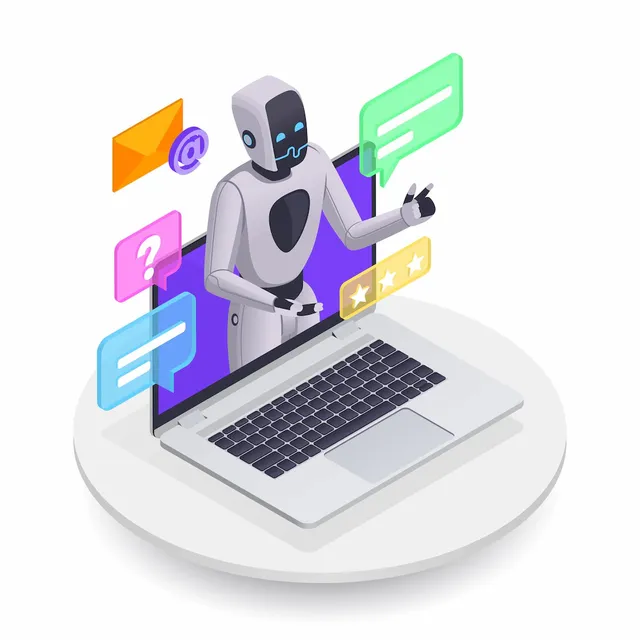
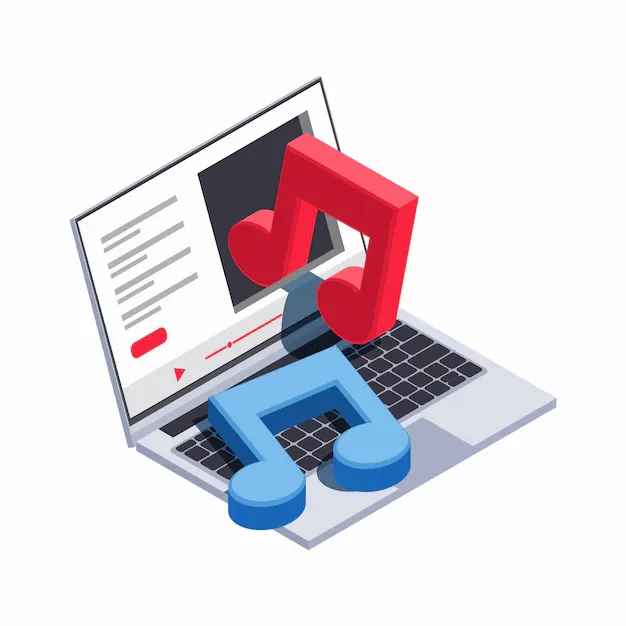
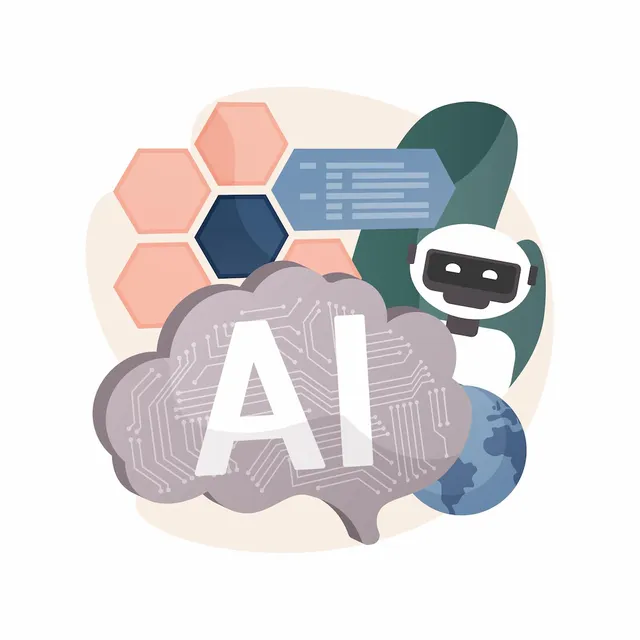
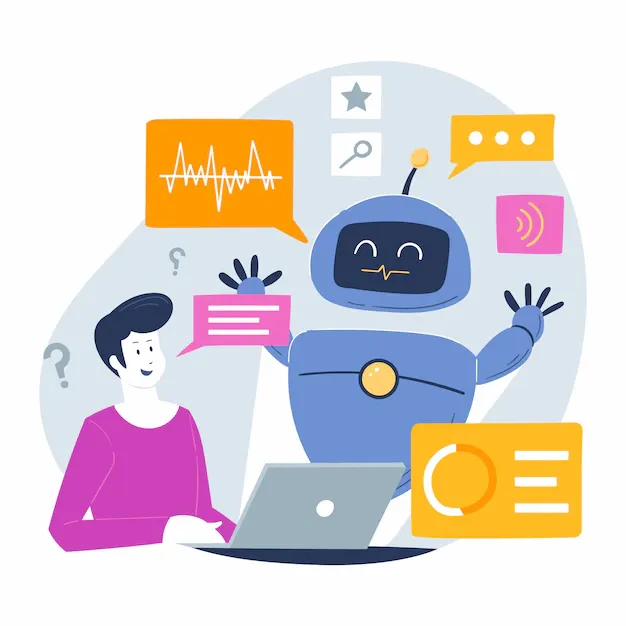
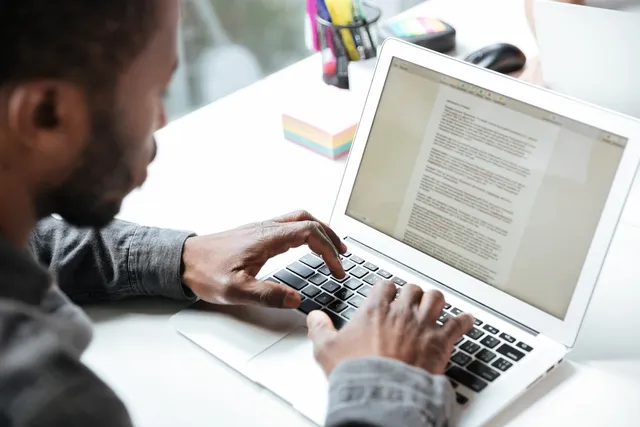
Dear @wajid7222 your post has been written with the help AI bot.
Here are the results of Copyleak Detector.
Dear Mod @pathanapsana Please Check posts clearly.
Invalid Entry
Downvoting a post can decrease pending rewards and make it less visible. Common reasons:
Submit